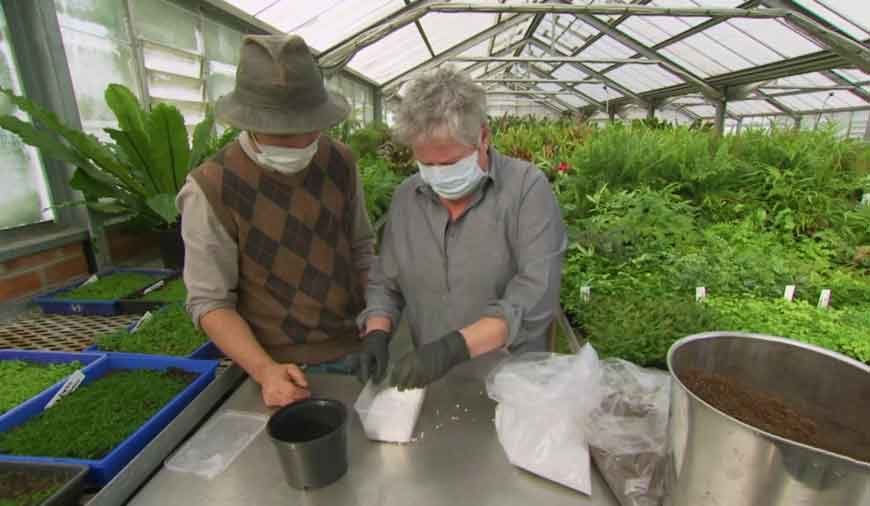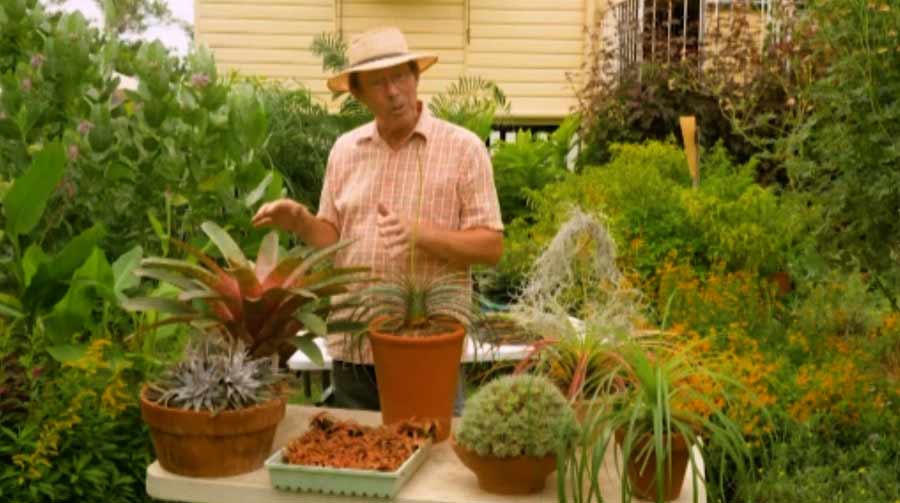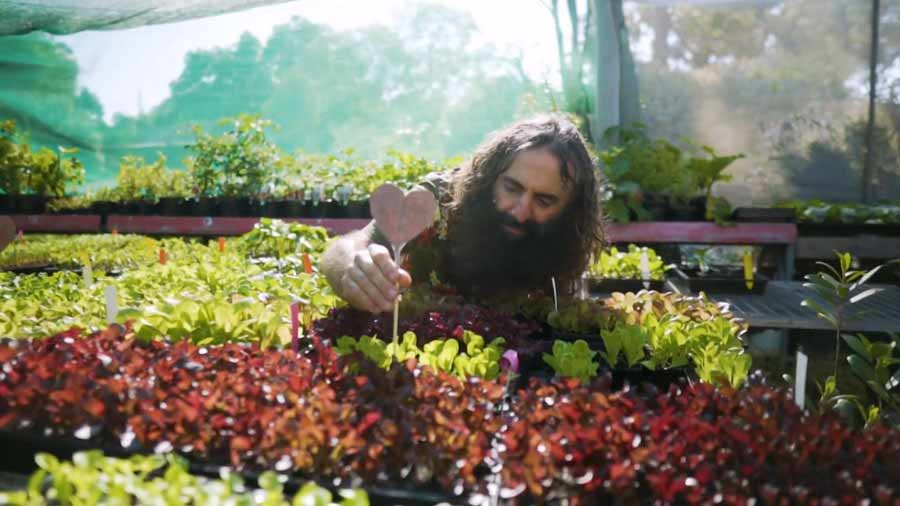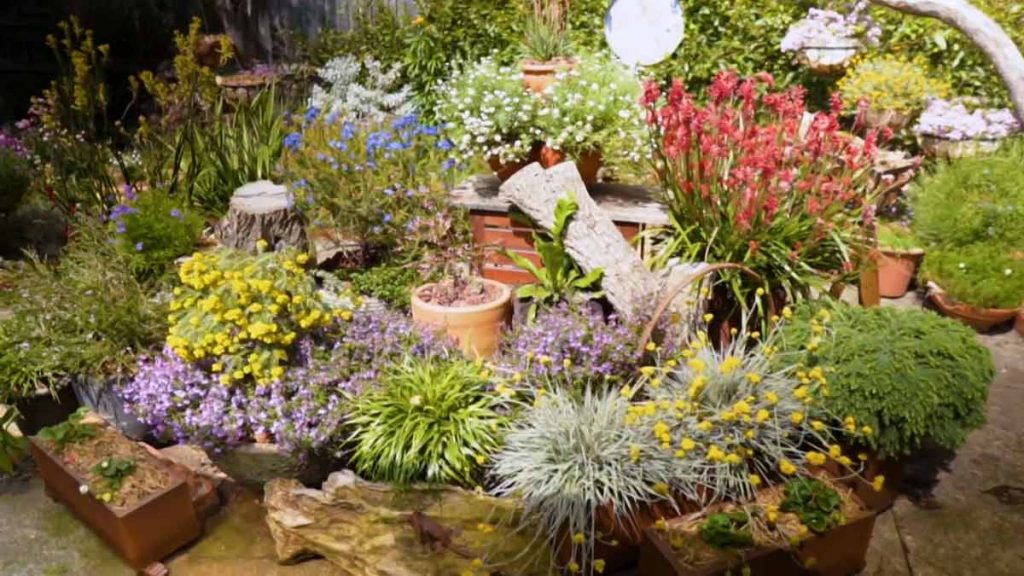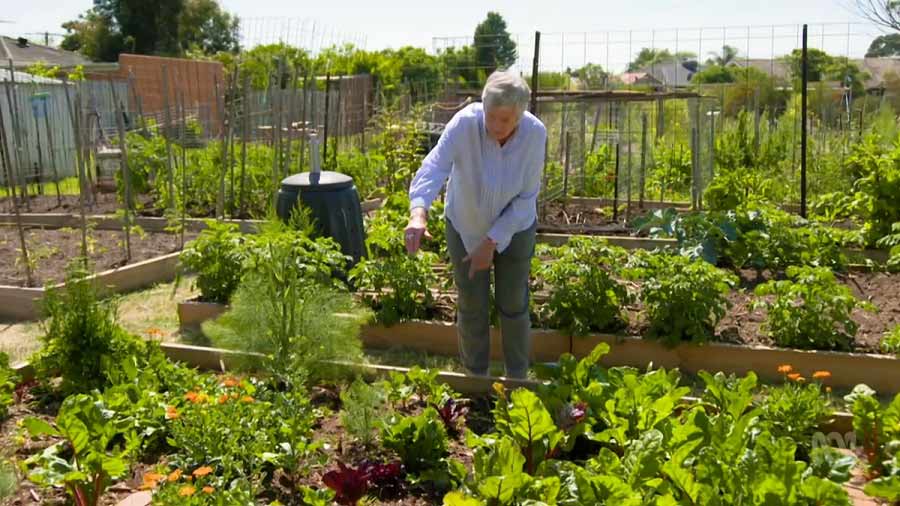Gardening Australia episode 15 2020: Tino Carnevale learns to propagate ferns, Millie Ross visits a town bursting with free food, Jane Edmanson discovers the magic of moths and Costa Georgiadis drops into a private cacti collection that’s about to go public.
Gardening Australia has always provided practical, trustworthy and credible gardening advice to inspire and entertain. Inspiring, entertaining and full of practical advice, join Costa Georgiadis and the team as they unearth gardening ideas, meet avid gardeners and look at some of the most inspiring gardens from across the country.
Gardening Australia episode 15 2020
Curated Cacti Collection
Costa goes behind the scenes at the Royal Botanic Gardens Melbourne to view a truly remarkable collection of cacti and succulents. Costa drops into the Royal Botanic Gardens Melbourne to have a look at a truly remarkable collection of cacti and succulents and grab a sneak peek at their new home.
Cacti and succulents first started appearing in Melbourne gardens in the late 1800s, but it was during the 1920s and ’30s that a handful of prominent cacti collectors pioneered the importation and growing of thousands of cacti species in Victoria. One collector was Ralph Fields, and his son Robert recently donated his plants to the Botanic Gardens.
Robert tells Costa about the collection of about 3,000 plants, some of which are more than 50 years old. Many are huge and weigh 200kg and yet are quite fragile. It took three months to move them all from Tennyson, near Echuca. Taller ones had to be tied to long ladders for transportation. Along with another collection that has been donated, the gardens have received more than 400 species.
FAQs – Watering can rose | Honeybees in winter | Plant lifespans
Gardening Australia presenters answer commonly asked gardening questions.
.
Mind the Gap – Gardening Australia episode 15 2020
Josh makes the most of Autumn planting weather, looking at the gaps in his garden and finding the perfect plants to fit. Every garden has its gaps, but how do you decide what to plant there? Josh recommends looking at the structure of the plants around it and seeing what is missing.
For general borders, especially if you want to attract birds to a garden, it’s good to have a tiered structure: a tree for height (even if its only a small one), tall and mid-level shrubs, and lower groundcovers. Josh has a space in his garden beside his water tanks where there is a small Gungurru gum (Eucalyptus caesia ‘Silver Princess’) surrounded by rushes and groundcovers, so he adds a mid-storey shrub, and has chosen a grevillea ‘Raspberry Dream’ (Grevillea cv.).
Welcome to the Sporehouse – Propagting Ferns
Tino meets an expert in fern propagation to learn some tricks and tips for multiplying these unique and ancient plants. Tino takes a look at a group of plants that’s over 360 million years old; the humble ferns. He has a fern fossil that was found in Tasmania and is over 180 million years old, yet it’s not too dissimilar to the tree ferns growing today. However, propagating ferns is still a bit of a dark art and Sue MacLaurin is one of just a handful of fern growers in the country.
She explains that ferns don’t have seeds or flowers, they produce spores, which can be seen in small sacks or lines on the backs of fronds. They turn dark brown or sometimes black when ripe. It takes time and patience to grow the spores but Sue shares her tips for getting started.
Pruning Six Hills Catmint – Gardening Australia episode 15 2020
Sophie shares tips for pruning nepeta. Many plants will tell you when they need pruning, and the Six Hills Catmint (Nepeta cv.) in Sophie’s garden is screaming for a haircut. After its first flush of flowers, the foliage flops out everywhere and looks really daggy. However at the base, you can see new growth coming up. “It’s telling me that it wants to get rid of the old foliage and then the new foliage will give me a second crop of flowers. So learn to read your plants and it’ll make gardening easier and your plants look better.”
Street Eats
Millie visits a regional Victorian town where the street plantings are anything but ordinary, bursting with flowers and free food. She visits a regional Victorian town where the street plantings are anything but ordinary, bursting with flowers and free food. Millie and Squid visit the small regional South Gippsland town of Foster, which has taken its street food to a whole new level, by planting out the verges and roundabouts with plants that are edible as well as beautiful.
The guiding hand behind this productive program is council horticulturist Paul Robinson. “People just love it,” he says. “Not one bad comment in the 10 years I’ve been here.” People are welcome to help themselves, but at their own risk: Paul says there are three types of chillies planted around the town, from mild to very hot, and people have to taste them to find out which is which.
The Magic of Moths
Jane visits the Melbourne Museum to find out why Australia is a moth hotspot and why that’s great for the environment and our gardens. She visits the Melbourne Museum to find out why Australia is a moth hotspot and why that’s great for the environment and our gardens. Jane Edmanson visits Melbourne Museum to meet some moth experts to find out why Australia is a hotspot for moths, and why that is good for our gardens.
Professor Ken Walker, senior curator of entomology at Museums Victoria, says that moths are the unsung heroes of Australian fauna. But the difference between butterflies and moths is a human division, he says: In nature, it doesn’t really work.
Plant Profile – Native Pennyroyal
Jerry takes a close look at the Native Pennyroyal and explains why it is one of his favourite native herbs.
Return to Rainforest
Clarence is at Kiama, on the NSW south coast, where he finds out what’s possible when a gardener follows her dream. About 28 years ago, speech pathologist Jenny Adams bought “the cheapest block in Kiama that nobody wanted” – a weed-infested piece of former paddock – but she has created a rainforest and garden oasis.
A small creek had become a drain, but she and husband Warwick dug a channel around it and planted its banks are now covered with native ferns, many self-seeded. There is a rainforest section, a fern section, some vegies, some cottage garden and herbs close to the house. Jenny’s family on both sides were local farming and sawmill pioneers. She now aims re-create some of the rainforest that they cut down.
A Gourdgeous Cake – Pumpkin Cake Recipe
Sophie puts her glut of gourds to good use by whipping up a delicious pumpkin cake, showcasing this easy to grow vegie.
